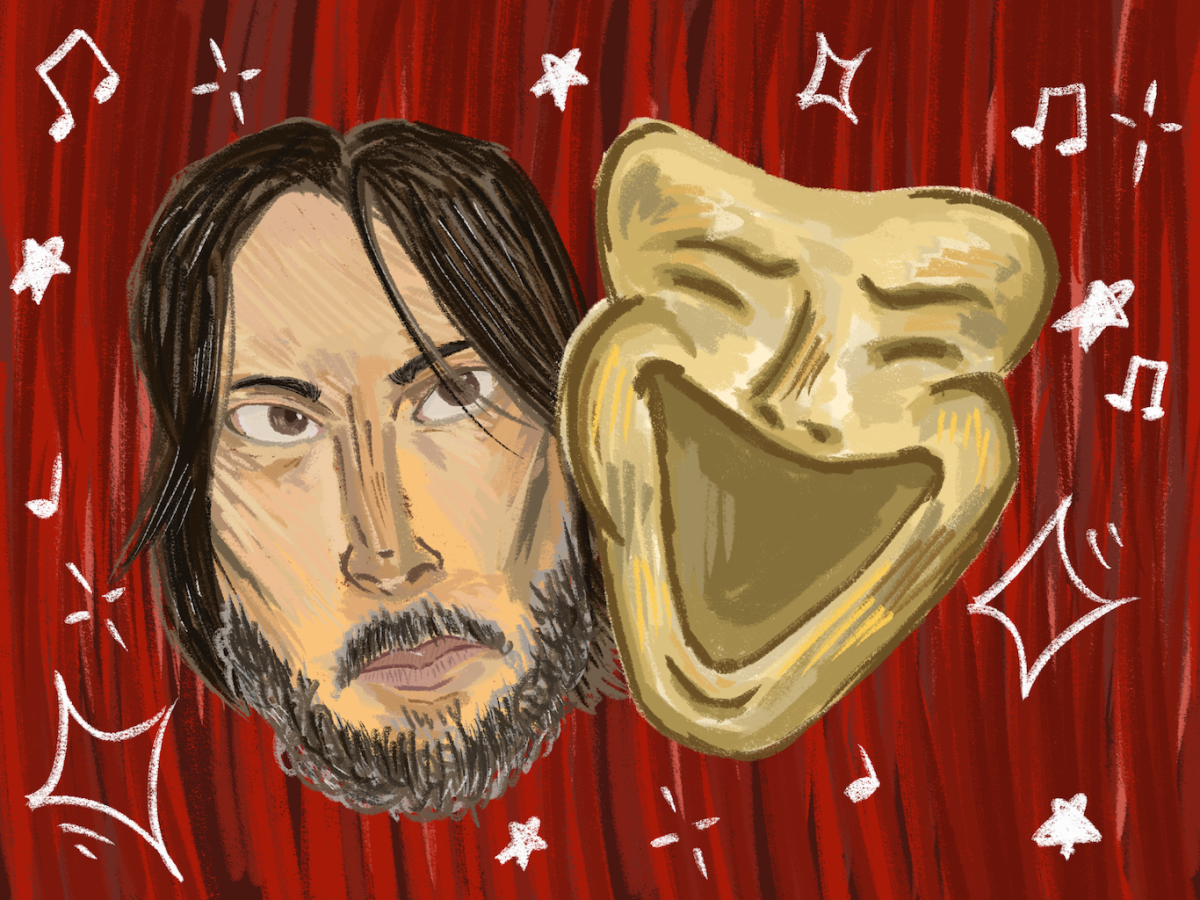
American audiences are typically quick to dismiss foreign films. The unhappy ending and grim subjects at the core of German film “The Silence” only serve to hinder the film’s already bleak prospects. But the feature debut of German writer and director Baran bo Odar cannot be ignored. The stunning adaption of Jan Costin Wagner’s novel of the same name is brought to life by understated performances set against the backdrop of striking cinematography, courtesy of director of photography Nikolaus Summerer.
In 1986, young Pia rides her bicycle into a field of wheat where she is followed by Peer and Timo. Peer rapes and kills Pia, a horrific scene skillfully filmed through Timo’s perspective. He then drives off with Pia’s body in the trunk of his car and she is declared missing. On the 23rd anniversary of Pia’s disappearance, the detective assigned to her case, Krischan, celebrates his retirement, as another young girl, Sinikka, disappears from the same spot where Pia had been taken.
Brilliant ensemble cast members portray the characters that compose “Silence.” Sinikka’s parents wait in agony for her to be found, as Pia’s mother struggles with her own daughter’s disappearance for a second time. Krischan aids detectives David, a recent widower, and Janna, an expectant mother, as they search for the murderer of Sinikka and Pia. Timo reflects on his friendship with Peer and the secret that united them.
Odar delivers a thrilling film, despite revealing Peer’s identity as the killer at the beginning. While “Silence” is marketed as a thriller, it is also a psychological melodrama centered on the tragedy propelled by pedophilia and murder. Instead of using explosive anger and exaggerated weeping to convey overwhelming emotions, the characters of “Silence” are repressed and vacant. The actors successfully communicate their characters’ emotional states, using their faces to convey what words cannot. The reality that consumes their lives has left them devoid of feelings and causes the characters to disappear into their own misery.
Few films have examined pedophilia to the extent that “The Silence” does. It dares to create discomfort. At one point, Peer shows Timo a video in which a barely-clothed girl sits on a bed, being touched by an older man who wears an animal mask, before Peer begins to unbutton his shirt. Although it is not a full analysis of pedophilia, it explores the multiple angles and layers that comprise the illness, contrasting Peer’s unapologetic twistedness and the guilt that Timo grapples with and eventually succumbs to.
Contemporary audiences enter a movie theater with the expectation that they will exit feeling satisfied, a reaction usually contingent on the ending of a film. “The Silence” deprives its audience of such a conclusion, but offers exceptional storytelling that depicts an unsettling reality.
A version of this article appeared in the March 5 print edition. Marissa Elliot Little is a contributing writer. Email her at [email protected].

























































































































































